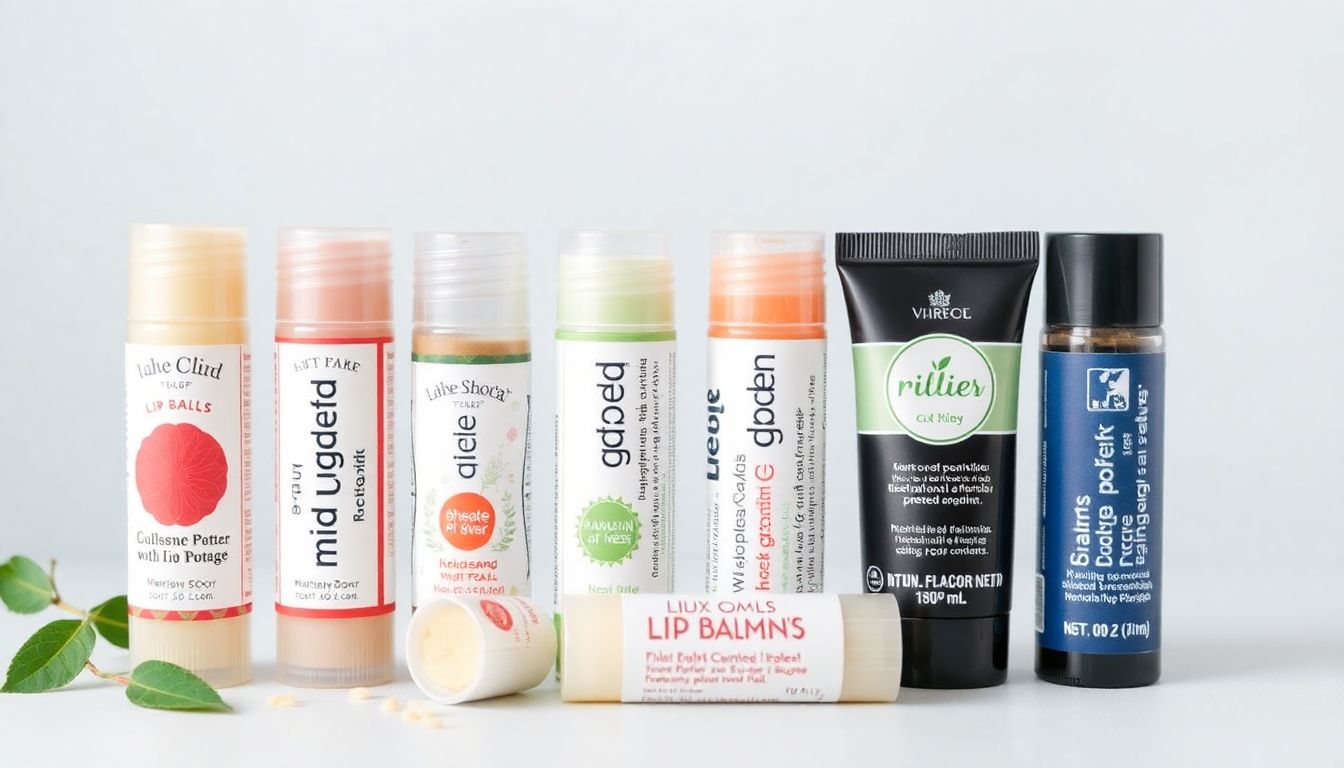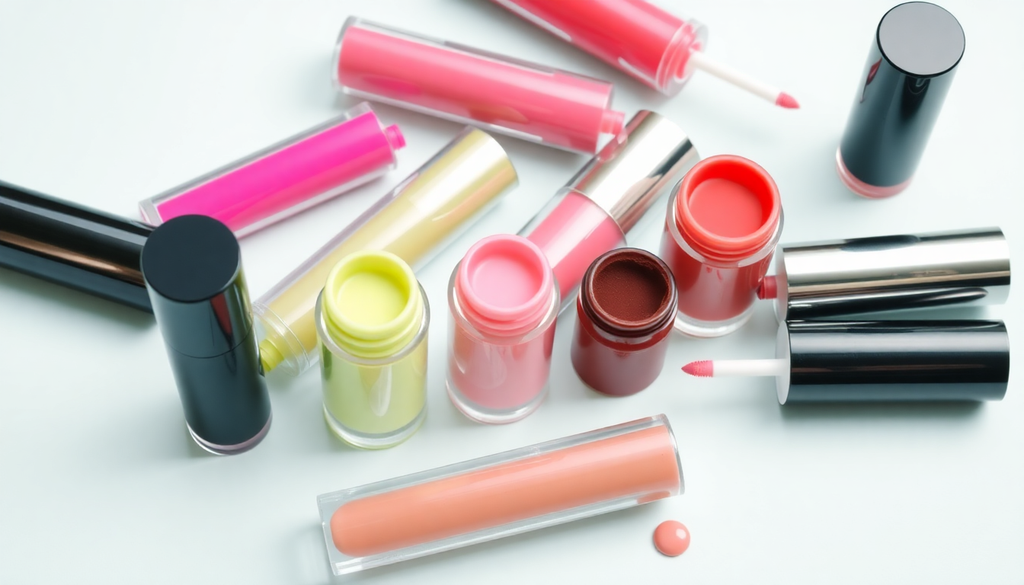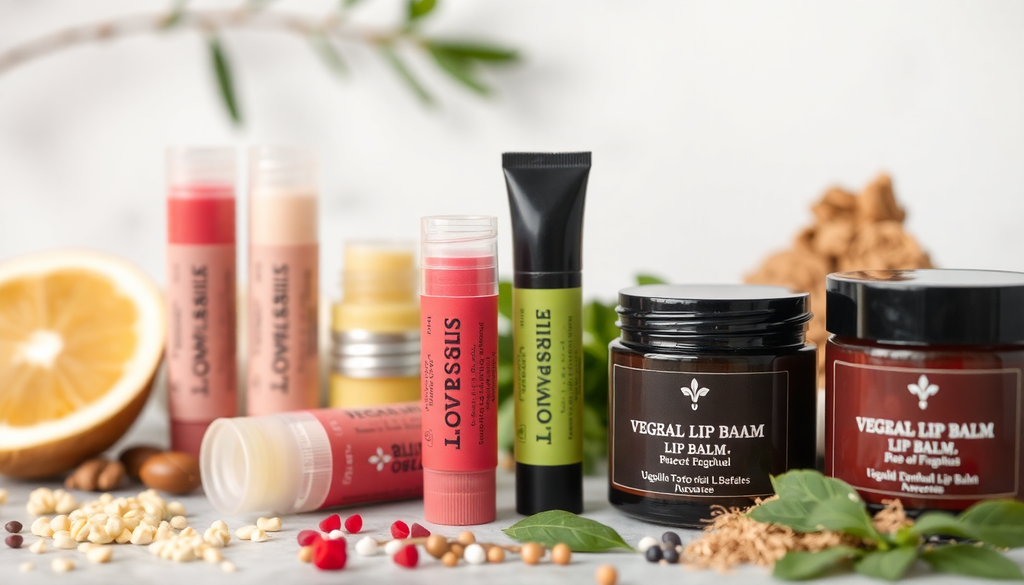
Step-by-Step Guide to Launching Your Private Label Lip Balm: From Formulation to Market Success in 2025
Ultimate Guide to Launching Your Private Label Lip Balm Like a Pro
Why Lip Balm is Your 2025 Brand Launchpad (+Trend Data)
In 2025, launching a private label lip balm presents a lucrative opportunity for entrepreneurs eager to carve out a niche in the burgeoning beauty industry. The global lip balm market is projected to reach over $3 billion by the end of the year, driven by customers seeking natural, nourishing, and eco-friendly products. According to industry reports, consumers are increasingly favoring vegan and cruelty-free formulations, with a 22% increase in demand recorded in the first half of 2024 alone (Source: Statista). Additionally, trending shades such as soft rose, muted mauve, and warm caramel continue to dominate sales charts — these shades appeal to both Millennials and Gen Z consumers who prioritize authenticity and sustainability.
Market research shows that the average consumer purchases 2-3 lip balms annually, often switching brands based on ingredient transparency and sustainable packaging. With the right formulation, packaging, and marketing strategy, you can position your private label lip balm as a trusted, must-have beauty staple. This comprehensive guide will walk you through the entire process: from developing your formulation, selecting packaging, choosing colors, managing costs, to launching and marketing your product successfully.
Step 1: Formulation Foundations - What Beginners MUST Know
Developing a high-quality, market-ready lip balm begins with understanding basic formulation principles. Your goal is to create a nourishing, stable, and appealing product that meets consumer expectations while fitting within your budget.
Understanding the Core Ingredients
- Hydrating Base Oils: Shear butter, coconut oil, jojoba oil, and avocado oil are popular choices. These provide essential hydration and are gentle on the lips.
- Waxes: Beeswax for natural formulations or plant-based alternatives like candelilla and carnauba wax for vegan options. Waxes give the balm its structure and help it stay on the lips.
- Emollients & Additives: Vitamin E acts as a natural preservative and skin nutrient, while natural flavor oils add subtle scents that enhance user experience.
- Color & Tint: For tinted balms, natural mineral pigments or cosmetic-grade colorants are best. They should be stable and non-fading to ensure long shelf life.
Formulation Tips for Beginners
- Start Small: Use small test batches (50-100g) to refine your recipe without overspending on raw materials.
- Stick to Natural & Vegan: Consumers increasingly seek plant-based formulas — focus on vegan waxes and oils to meet this demand.
- Cost-Effective Choices: Opt for bulk-sourcing natural oils and waxes that offer the best price per gram without compromising quality.
- Test & Iterate: Conduct stability testing to assess texture, melting point, and color fastness over time.
**Remember, never skip stability testing! Good formulations last longer and prevent product failure.**
Step 2: Packaging That Sells - Budget to Luxury Options
Packaging is the first thing your customer notices, and it significantly influences perceived product value. With a variety of options available, you can tailor your packaging to fit your brand vision and budget.
Affordable & Sustainable Packaging
- Plastic Lip Balm Tubes: Basic, lightweight, and cost-effective. MOQs can be as low as 1,000 units for under $0.80 per piece.
- Biodegradable Tubes & Tins: Made from sugarcane fibers or recycled materials, offering eco-conscious branding
- Labels & Stickers: Custom printed labels allow small batch branding and easy updates for seasonal collections
Premium & Custom Packaging
- Glass Jars & Luxe Tins: Reusable and high-end look, suitable for gift sets or boutique brands.
- Branded Metal & Magnetic Closure Tubes: Sleek, durable, and highly customizable, elevating the perceived value of your product.
- Sustainable Options: Plant-based compostable tubes or biodegradable paper wraps to appeal to eco-conscious consumers.
Step 3: Color Selection Science - From Pantone to Profit
Color plays a vital role in attracting attention and conveying your brand's personality. When selecting shades for tinted balms, it's helpful to think of your color palette as a capsule wardrobe—versatile, trendy, and seasonally adaptable.
Trending Shades for 2025
- Soft Rose (Pantone 14-1911)
- Muted Mauve (Pantone 16-3204)
- Warm Caramel (Pantone 16-1334)
- Shimmery Champagne (Pantone 13-0804)
- Bold Berry (Pantone 19-2430)
Choosing the Right Colors
- Use high-stability pigments to prevent fading and color migration.
- Match color shades with your branding theme and target audience preferences.
- Offer a variety of finishes—matte, glossy, shimmery—to appeal to different customer tastes.
- Keep your shades seasonally flexible; for instance, deeper hues can be included for fall/winter collections, while lighter hues suit spring/summer.
Step 4: Cost Control Tactics - Manufacturing Insider Tips
Managing costs effectively is crucial for a successful product launch, especially when working with limited budgets. Here’s how to keep your production affordable without sacrificing quality:
- Partner with a Reliable Manufacturer: Choose manufacturers that offer flexible MOQs, transparent pricing, and certification options (vegan, cruelty-free, organic).
- Bulk Buying Raw Materials: Purchase base oils, waxes, and pigments in bulk to lower per-unit costs.
- Ask About Hidden Costs: Be clear about charges for certifications, labeling, packaging, shipping, and customs to avoid surprises.
- Prototype Before Large Orders: Test small batches first to ensure your formula performs well and aligns with your brand before scaling up.
- Build Relationships: Developing long-term partnerships with manufacturers can lead to better pricing and priority production slots.
Budget Breakdown Example
- Raw ingredients (per 100g): $3-$5
- Packaging (per unit): $0.80-$2.00
- Labeling & branding: $0.10-$0.50
- Certifications & testing: $200-$500 (spread over batches)
- Shipping & customs: Varies by origin and destination
**Always plan for a contingency fund to handle unexpected costs or delays.**
Manufacturer's Corner: How We Make Lip Balm Development Painless
Partnering with an experienced private label manufacturer streamlines your launch process. We understand the nuances of creating customized lip balms—from sourcing high-quality natural ingredients to designing sustainable packaging options—all while maintaining competitive prices and quick turnaround times.
Our team offers comprehensive formulation support, rigorous quality control, and flexible MOQ options designed for startups like yours to succeed in today’s competitive market. We work with brands to customize formulas, colors, and packaging that align with your vision and target audience.
Are you ready to launch your private label lip balm confidently? Request our lip balm starter kit today and receive personalized guidance to bring your product to life!


